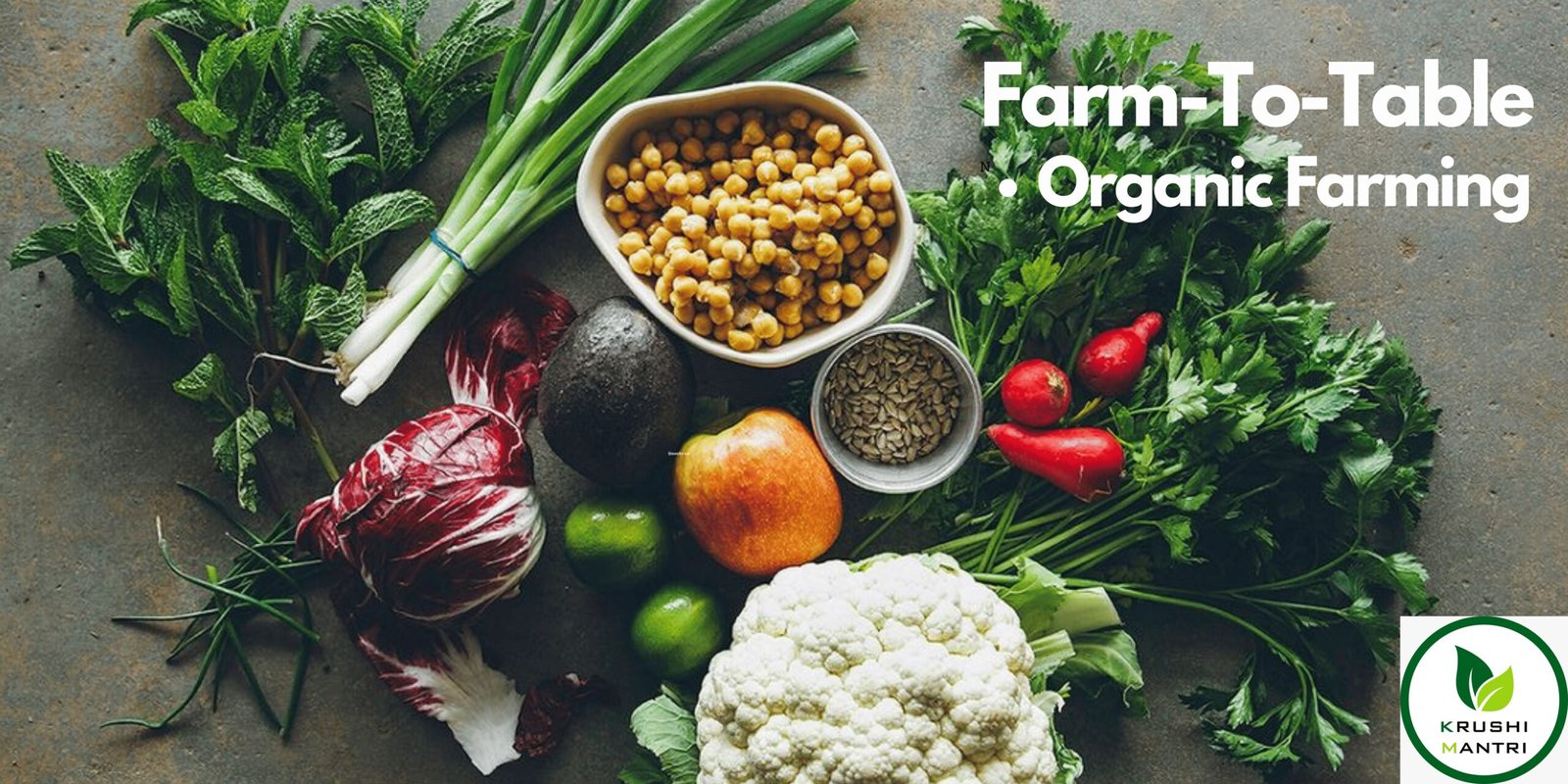Vaishnavi Vispute
A dedicated agronomist with a passion for sustainable farming, our author blends traditional wisdom with modern techniques to empower farmers. Through Krushimantri, we share practical insights, innovative ideas, and inspiration for a thriving agricultural future.
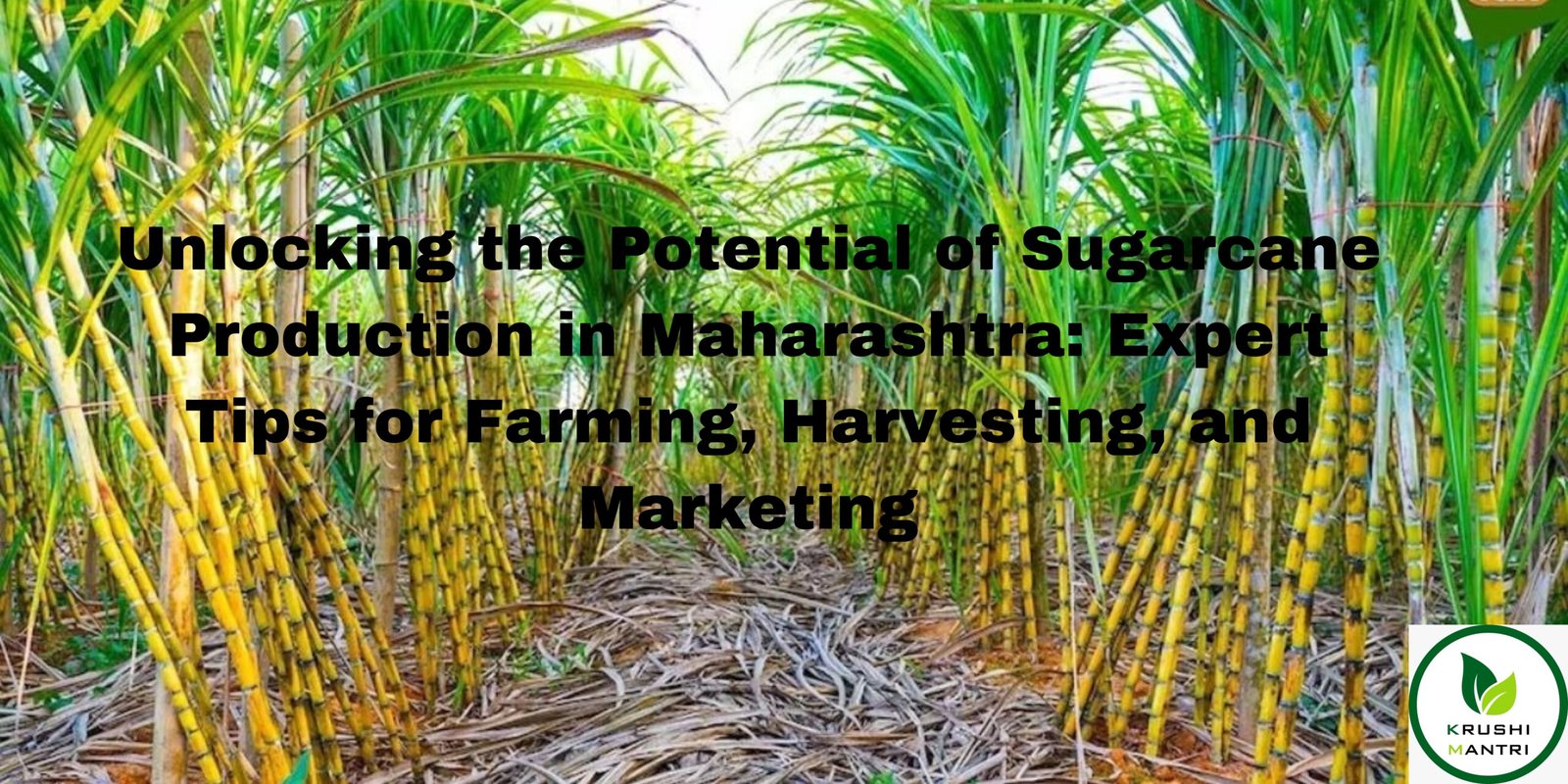
Unlocking the Potential of Sugarcane Production in Maharashtra: Expert Tips for Farming, Harvesting, and Marketing
India is the second-largest producer of sugarcane globally, with Maharashtra being one of the leading states ...
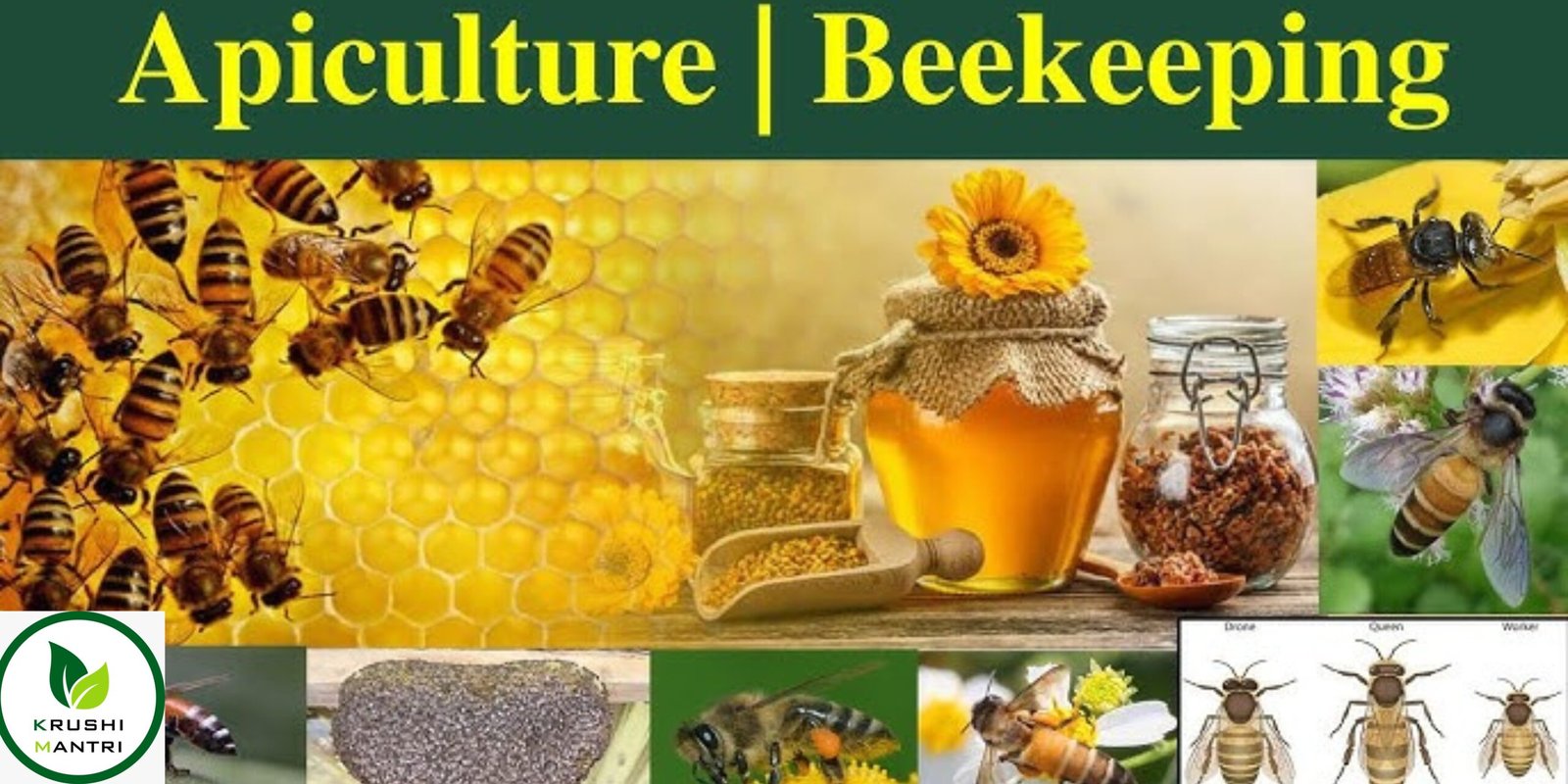
Apiculture- 6Essential Steps to Build a Thriving Honey Bee Farm
Honey bee farming, also known as apiculture, is a sustainable and profitable agricultural practice with immense ...
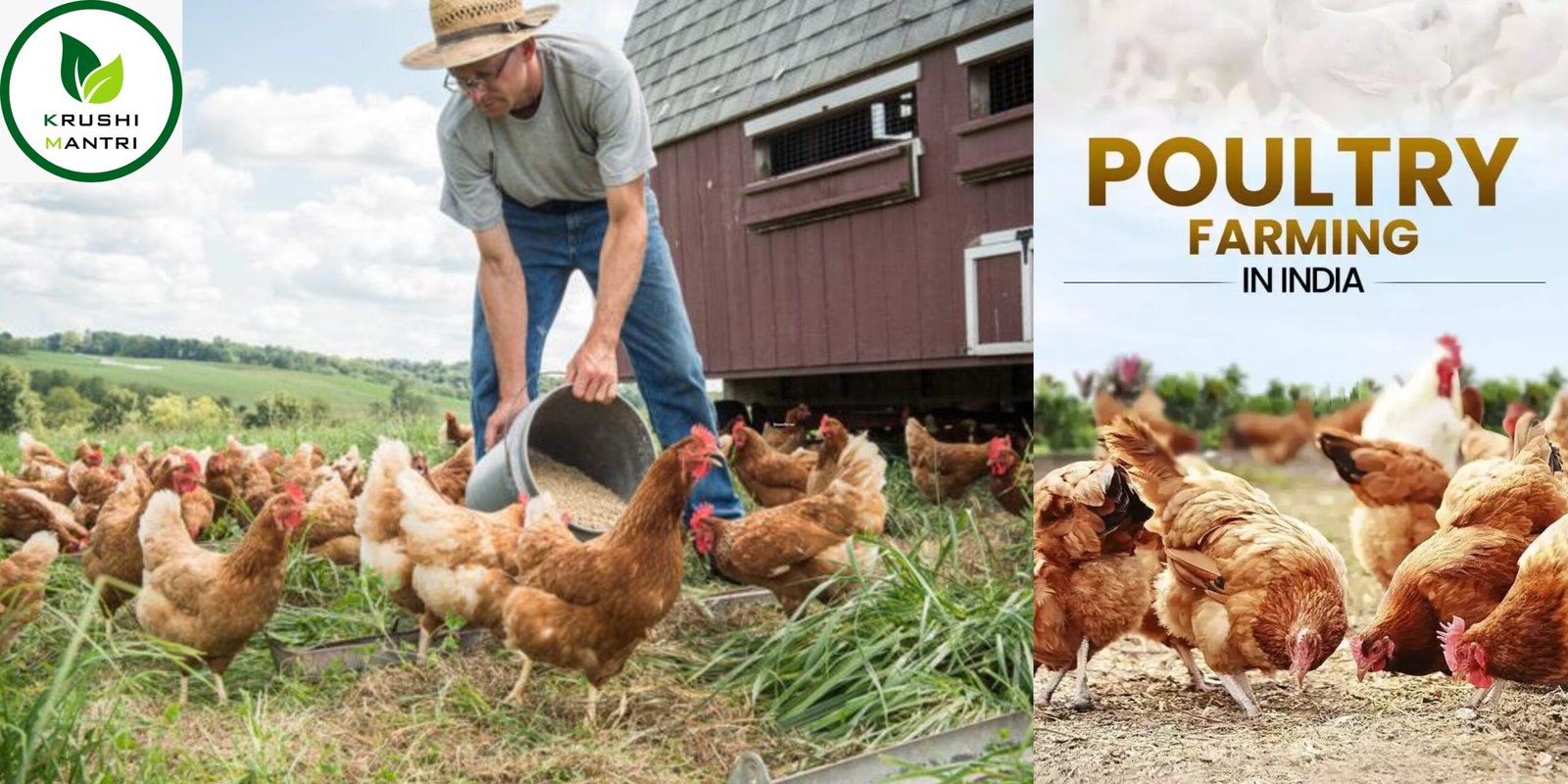
Comprehensive Guide to Starting a Poultry Farm Business: Egg Production, Sheds, and Poultry Farm Insurance Coverage
Poultry farm insurance is essential for protecting your farming business from various risks, such as accidents, ...
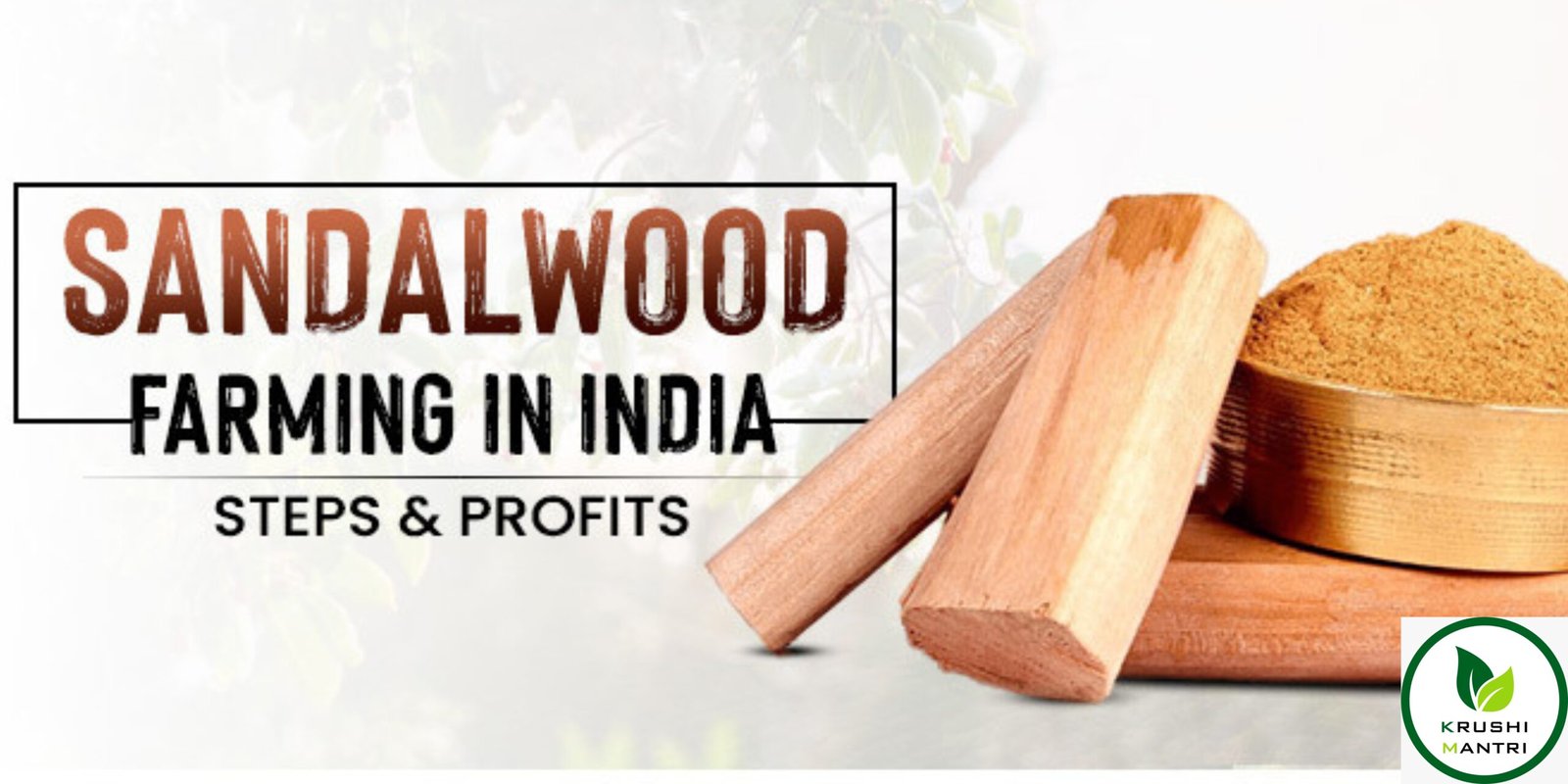
A Complete Guide to Sandalwood Tree Farming: Red and White Sandalwood
Sandalwood tree farming has gained immense popularity in recent years due to its high profitability and ...
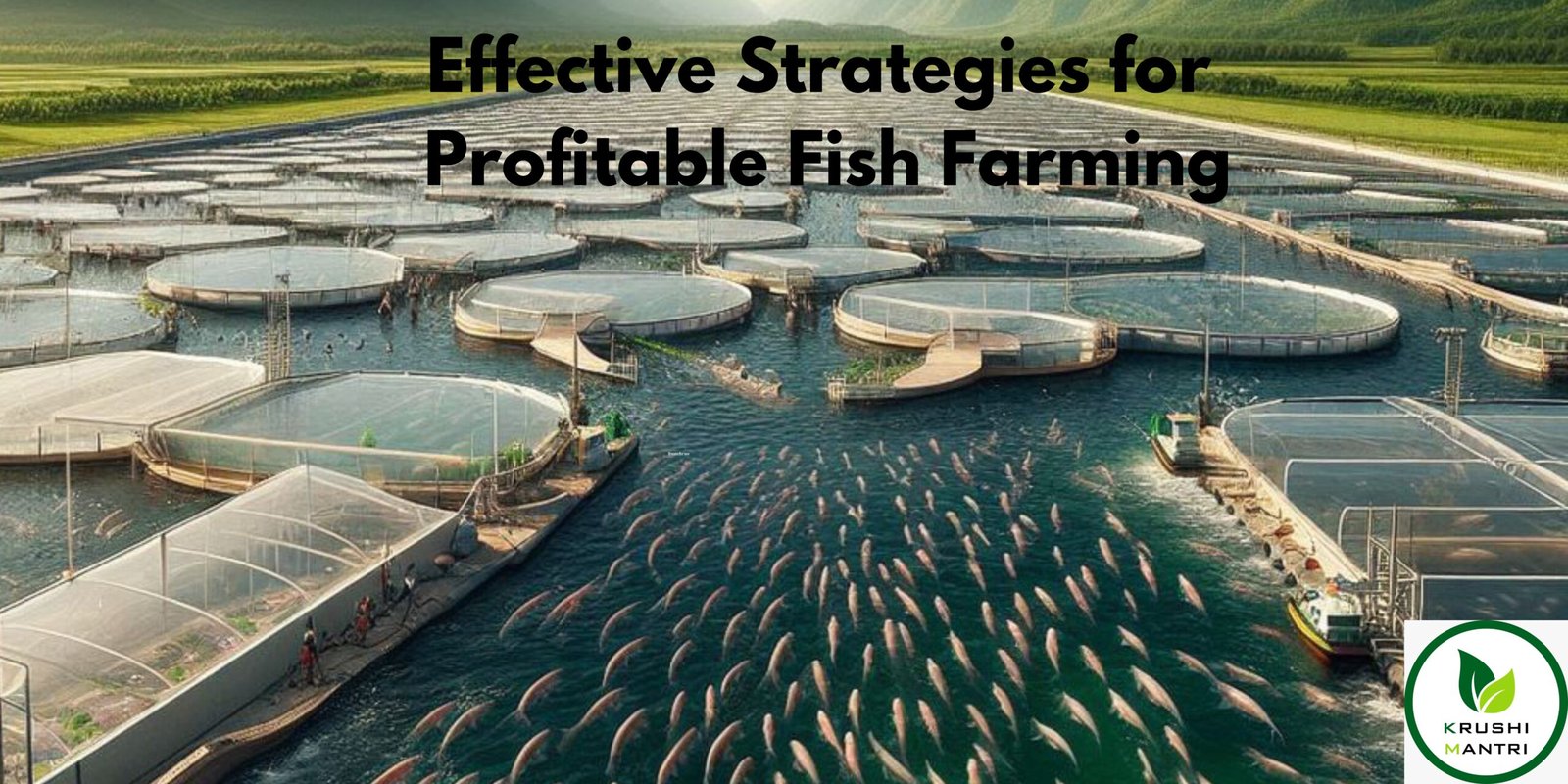
Rohu, Salmon Fish Farming: 4 Effective Strategies for (Types, Care, and Area-Specific Guidance)
Rohu fish, salmon fish, and several other varieties play a vital role in profitable fish farming ...
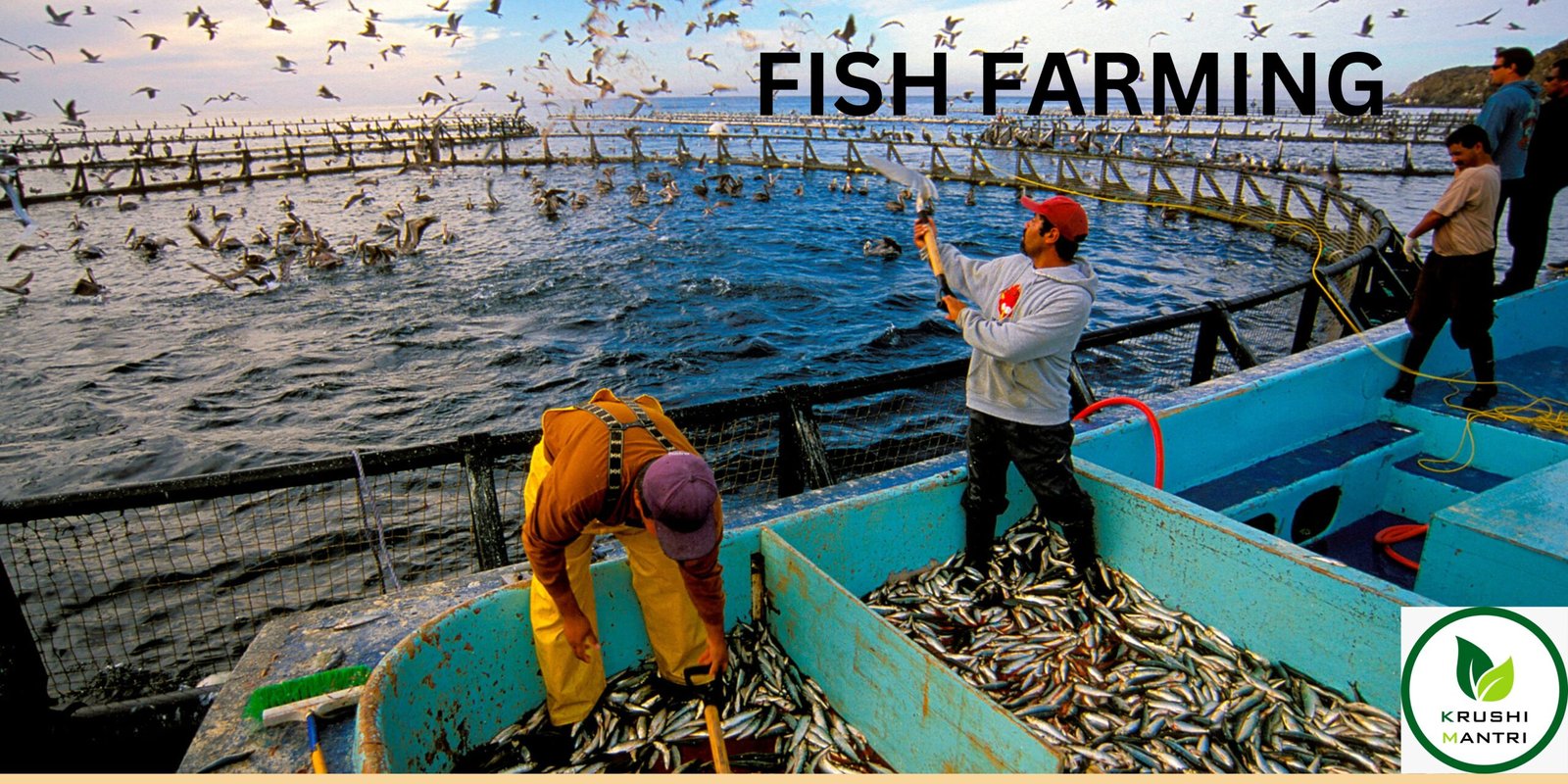
7 Proven Steps to Achieve Success in Fish Farming: A Complete Beginner’s Guide
Fish farming, or aquaculture Fish Farming, has emerged as a sustainable and profitable solution to meet ...

Kubota Tractor Price – 7 Incredible Must-Know Facts
Kubota tractor price plays a crucial role in understanding the value and quality of these globally ...
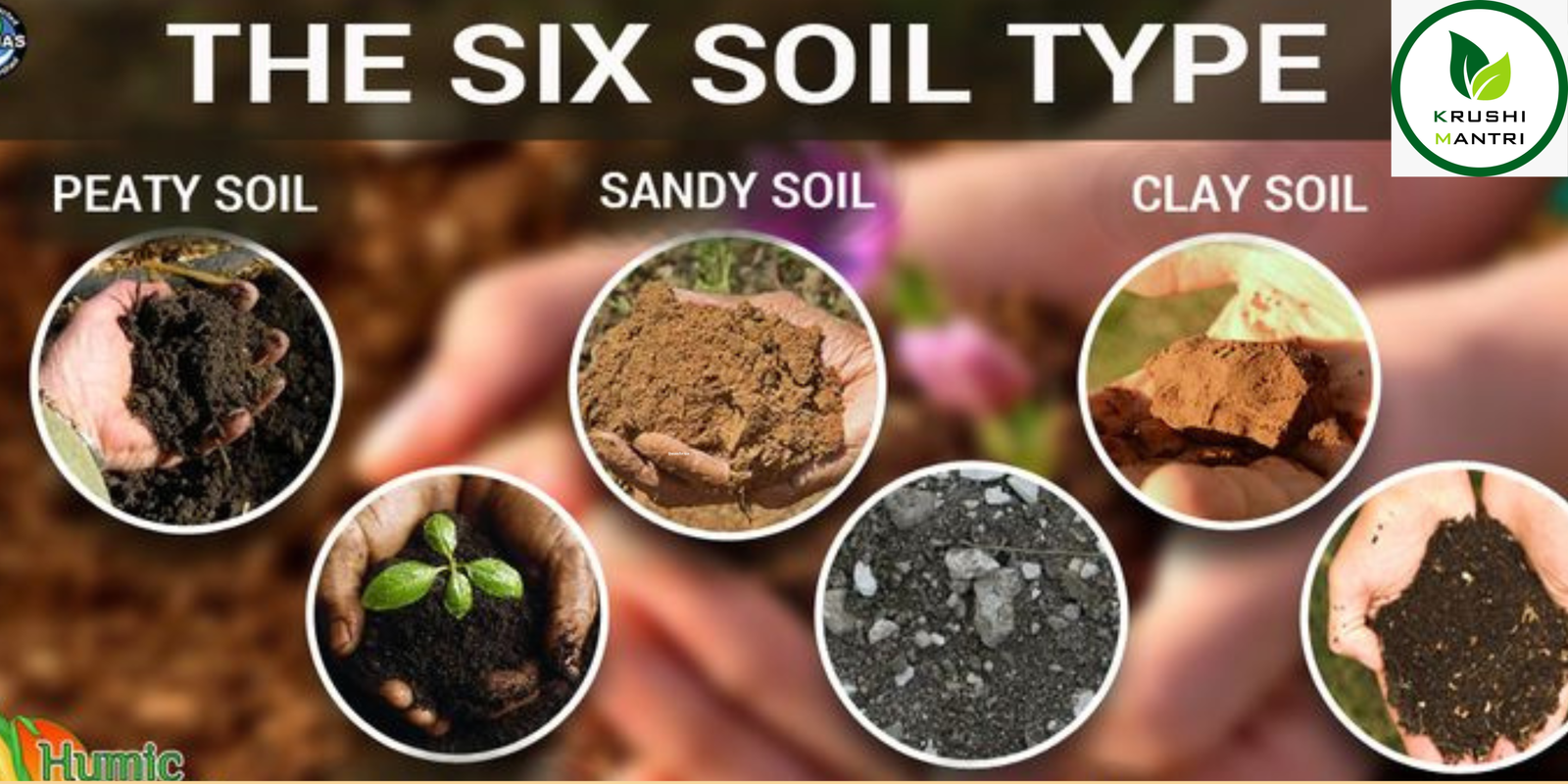
The Ultimate Guide to Maharashtra’s Soil Types: 7 Key Tips for Crop Growth and Maintenance
Maharashtra, the third-largest state in India, is a significant agricultural hub with diverse soil types and ...

Transform Your Garden with Plantix (#1 FREE APP): The Ultimate Plant Care Revolution
Plantix’s the ultimate solution for anyone passionate about plants and gardening. Combining cutting-edge technology with intuitive ...
